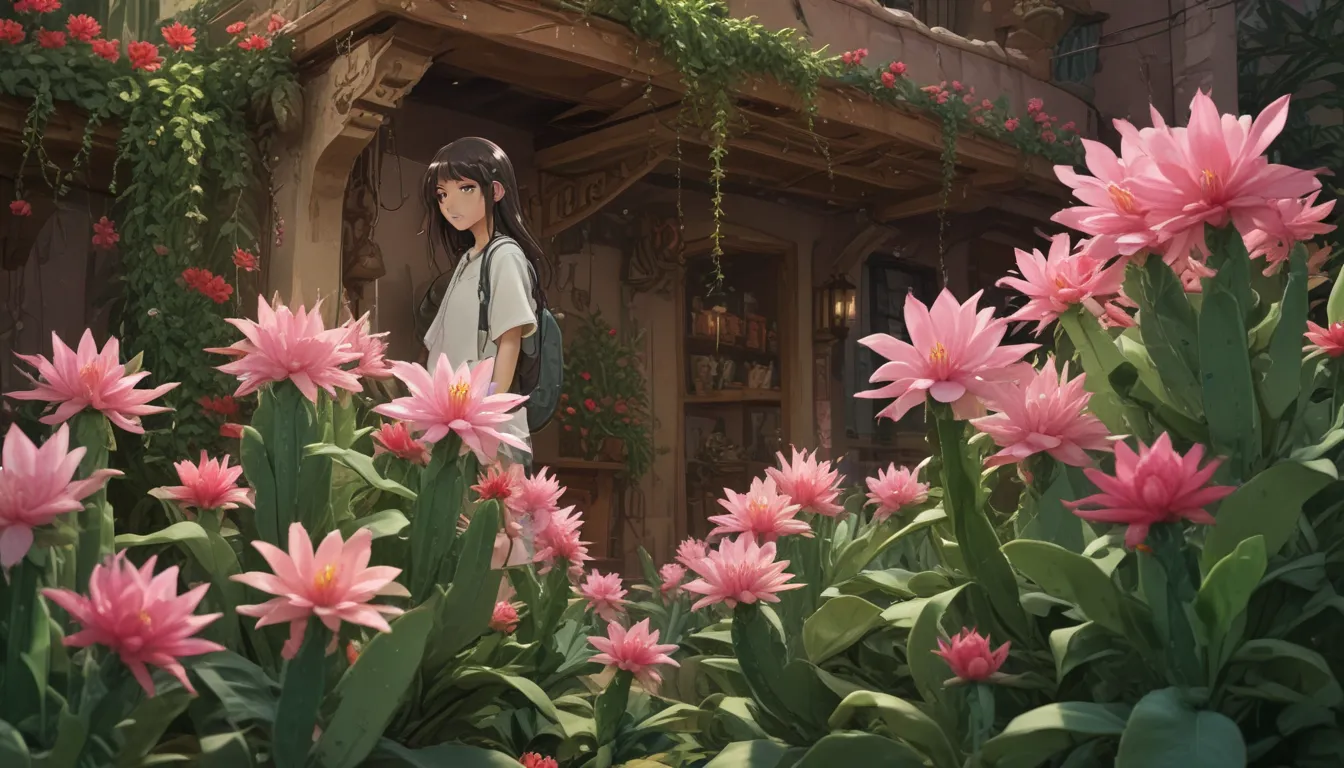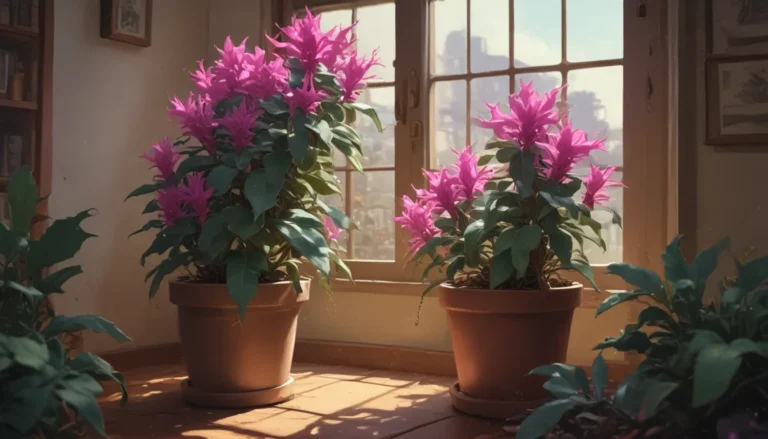How to Prevent Christmas Cactus Bud Drop

Christmas and other holiday cacti from the Schlumbergera genus are striking ornamental plants, boasting vibrant tubular flowers in a variety of stunning colors. However, one common issue faced by growers is the frustrating occurrence of flower buds dropping off before they have a chance to bloom. While these South American succulents are generally low-maintenance, the period when the buds are forming leaves them vulnerable to environmental stressors that can lead to bud drop, much to the disappointment of plant enthusiasts.
Plants that have been cultivated in commercial greenhouses are accustomed to very specific growing conditions that can be challenging to replicate in a home environment. When these plants are transitioned indoors from outdoor settings or nurseries, they must adapt to changes in light, humidity, moisture, and temperature. While a few dropped buds during this transitional period are normal, with some attention to their specific needs, bud drop can be minimized and even prevented altogether.
If you are eager to witness a spectacular floral display from your Christmas cactus this holiday season, let’s delve into the steps on how to effectively prevent Christmas cactus bud drop. In this comprehensive guide, we will explore various aspects ranging from favorable lighting conditions and maintaining appropriate temperature levels to understanding the significance of humidity and watering regimes.
How to Prevent Bud Drop in Holiday Cacti
Favorable Lighting
Schlumbergera species and hybrids are native to the coastal mountains of Brazil, where they thrive in tropical rainforest conditions characterized by filtered sunlight. As houseplants, these cacti prefer indirect light of bright to medium intensity, making east-, north-, and west-facing windows ideal locations for them. Conversely, it’s best to avoid south- and south-west-facing windows, as direct sunlight can lead to sunburn, scorching of stems, and ultimately, bud drop.
During the budding phase, these short-day plants require approximately 14 hours of darkness each night to encourage flowering. Therefore, it is crucial to create a conducive environment for them by ensuring they are not exposed to bright artificial light that remains on throughout the night. Opt for locations where overhead lighting can be dimmed or turned off in the evening to prevent bud drop.
Keep Things Cool
To mimic the optimum growing conditions of a greenhouse environment, it is recommended to maintain a climate that mirrors the late fall weather of their native habitat, featuring cool evenings and warm days. Overnight temperatures ranging between 55 to 65°F are ideal, with daytime highs of up to 80°F. Avoid excessively hot rooms with poor air circulation, as temperatures exceeding 90°F can adversely affect flower development.
Ensure that your plants are not placed near heating or cooling vents, drafty areas, or windows and doors that experience significant temperature fluctuations. Additionally, if your Christmas cactus is accustomed to outdoor living during the summer and early fall, bring them indoors before the arrival of frost to safeguard against flower loss due to icy temperatures.
Humidity and Water
While Christmas cacti thrive in humid conditions, they are not fond of overly wet soil. During the budding and blooming stages, maintaining consistent but not excessively moist soil is crucial to prevent stress-induced flower drop. Although these plants are resilient and can withstand dry conditions for most of the year, it is essential to ensure the soil remains lightly moist but never waterlogged.
To achieve the optimal watering regimen, allow the top inch of soil to dry out between watering sessions. Bottom watering in a sink or tub of water is the preferred method, ensuring the soil absorbs moisture gradually. Mist your plants lightly on a weekly basis to provide the humidity they crave. If the indoor air is particularly dry, consider placing your potted cactus on a shallow bowl of pebbles and water to enhance humidity levels around the plant.
Hold the Feed
Christmas cacti are light to moderate feeders and can be sensitive to overfertilization. Excessive nutrient supply can lead to root burn due to mineral salt accumulation and an excessive number of buds forming on a single stem tip. To avoid this issue, refrain from fertilizing your plants in late summer, and only resume feeding when new growth appears in spring.
By following these simple guidelines and making subtle adjustments to the environment and care routine of your Christmas cactus, you can effectively prevent bud drop and enjoy a magnificent floral display during the holiday season. Remember to provide a cool to warm location, avoid direct sunlight and temperature extremes, maintain appropriate soil moisture levels, and regulate fertilization practices to ensure your plant remains healthy and vibrant.
Do you have any questions about caring for your holiday cactus? Feel free to reach out to us in the comments section below. For additional information on Christmas cacti, check out the following comprehensive guides:
- How to Propagate Christmas Cactus from Cuttings
- What To Do About Woody Stems on Your Christmas Cactus
- Why Is My Christmas Cactus Turning Yellow?
We hope this guide has equipped you with the knowledge and tools necessary to prevent Christmas cactus bud drop and foster a thriving plant that dazzles with its gorgeous blooms. Embrace the joy of nurturing these beautiful succulents and witness their stunning display of flowers brightening up your home during the festive season.
Happy gardening!





